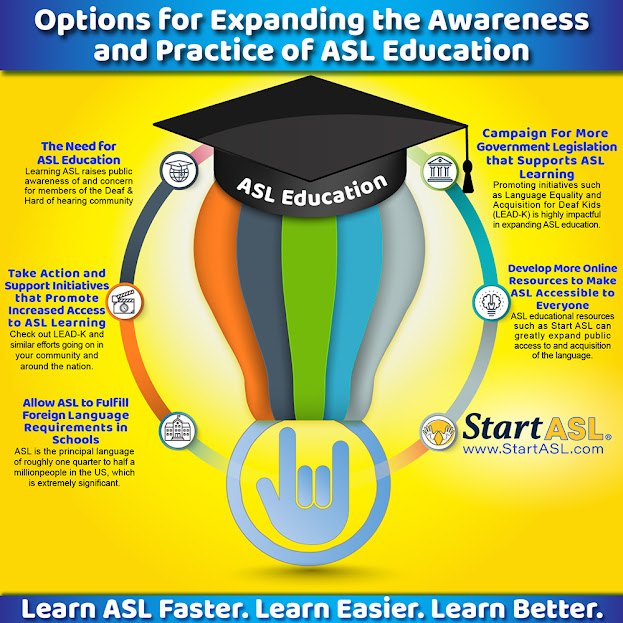Parents Advocate for More American Sign Language Education and Learning for Deaf Children
When deaf or hard of hearing children lack proficiency in sign language, they encounter several disadvantages as they enter school. Consequently, a growing number of parents are advocating for an increase in American Sign Language (ASL) education in schools across the United States. According to studies, youngsters who acquire sign language skills during their early years exhibit better performance in multiple domains, including academic accomplishments and social communication, as compared to those who do not.
Usually, children who are diagnosed with hearing loss receive either hearing aids, cochlear implants, or a combination of both. Hearing aids aim to enhance residual hearing by amplifying sounds, while cochlear implants bypass the ear entirely and transmit electronic signals directly to the brain.
The latest edition of the Social Service Review journal featured an article titled “Avoiding Linguistic Neglect of Deaf Children”. According to research conducted by authors who are largely Deaf or Hard-of-hearing, utilizing electronic devices with a "speech only" approach may impede the growth of numerous deaf children. During the crucial early years of life, it hinders their ability to learn and master the language. This can lead to inadequate brain development and have permanent consequences on their mental and social capabilities. The optimal approach would be for parents to commence teaching sign language to their deaf children at the earliest possible stage.
Challenges to Increasing Access to ASL Education
A lot of parents of Deaf/HoH kids find that their communities do not have the resources needed to conduct ASL instruction. When the parents seek advice from educators on how their Deaf or Hard-of-hearing child can be helped, they become discouraged. There needs to be more dialogue about communication, access, language learning, and the parents’ options.
In most cases, school districts in the area do not provide any assistance to students who are Deaf/Hard of Hearing. Consequently, it is vitally important to expand the opportunities for these children and their ability to access language learning.
Social workers can take the following steps to tackle the problem of insufficient ASL education in their communities:
- they should put in a great effort to gain knowledge on the issue
- take action to raise public awareness about ASL education, and...
- encourage the attainment of rigorous standards in American Sign Language education for children who are Deaf or Hard of Hearing.
Alternative Approaches to Promoting the Knowledge and Utilization of ASL Education
Listed below are extra methods to expanding ASL learning via the educational systems, government, and communications media.
Enable ASL to meet foreign language prerequisites in educational institutions
Offering ASL to meet a foreign language requirement is really a practical alternative for a lot of students. That’s because ASL is the principal language of roughly one-quarter to half a million individuals in the United States. Offering ASL as a foreign language option can even lead to better child care for Deaf and Hard-of-hearing kids. It can considerably assist in communications amongst the D/HoH and hearing communities when ASL is well known and utilized by many people.
Create more online learning resources to make ASL accessible to everyone
At the outset of 2023, a total of 5.16 billion people globally were using the web. This number is equivalent to 64.4 percent of the global population. Thus, improving the number and availability of online ASL academic resources which include Start ASL can tremendously increase public entry to and acquisition of the language.
Strategy to obtain additional government legal guidelines that supports ASL learning
Promoting campaigns such as Language Equality and Acquisition for Deaf Kids (LEAD-K) can be remarkably influential in broadening ASL education. LEAD-K is a national legislative campaign. It calls for states to place ASL learning to be equal with English learning so that D/HoH kids have a very robust language foundation when they start school. What's more, it requires states to make certain that D/HoH youngsters are at age-appropriate learning levels as soon as they get to kindergarten.
The particular approaches referred to above could go a considerable ways toward delivering greater access to ASL education. If you wish to act and support projects promoting increased entry to ASL learning, have a look at LEAD-K and similar efforts in your community and round the nation. Additionally you can start studying ASL online to be a part of the growing American Sign Language family.



Comments
Post a Comment